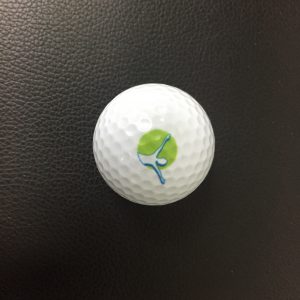Fascia is a special type of tissue called connective tissue and as the tissue name suggests its primary role is to connect different areas of the body. Fascia has an important role in helping us to understand how the body moves as a result of such connections.
Unfortunately many traditional anatomists removed the fascia when they were dissecting human bodies and as such the simplistic view that each muscle has an individual action based on where it attaches to bone is still a common misnomer. What really happens is that the body is connected along different pathways via the fascia, and when we move we shift all of the tissues that create this connected pathway. These pathways extend from head to toe and can help to explain why we often find that the true cause of a problem is not where we feel pain.
Try this
This is a simple test to see how interconnected your body tissues are. From a standing position reach down towards your toes and note how far you can reach. Now find a small ball (like a golf ball) and roll it under each of your feet for a few minutes each. Then recheck how far you can reach towards your toes again. Almost everyone will notice an improvement!
Like all living tissue, fascia needs good hydration to stay elastic and remain healthy. When we are born our bodies are approximately 90% water. As we age we dehydrate and the water content of most adults makes up generally between 60-70%.
How do we keep our fascia hydrated and healthy?
Well step one involves making sure that your intake of water is sufficient. A healthy amount of water is approximately 30ml per kg of bodyweight per day – and tea, coffee and sugary drinks don’t count! However just drinking water alone will not rehydrate the fascia and is likely to increase your time on the toilet. What is essential to getting the water into the fascia is movement. The key points here are that the movement must be often and it must be varied. In addition manual therapies based around movement are a great tool to help improve the health of your fascia.
So while you are busy looking after your muscles and your bones, spare a thought for your fascia, that often overlooked tissue which supports healthy function and movement.

